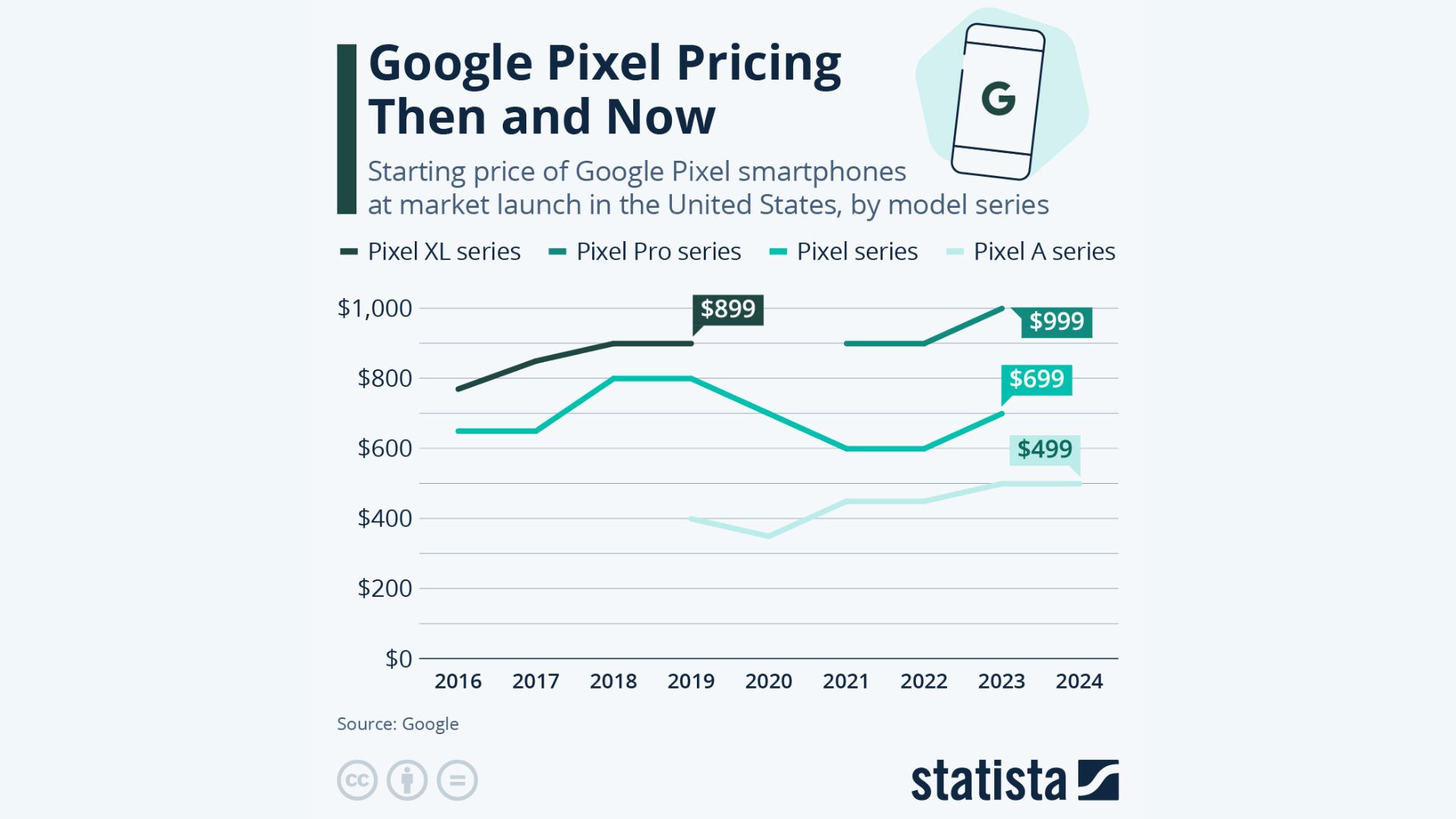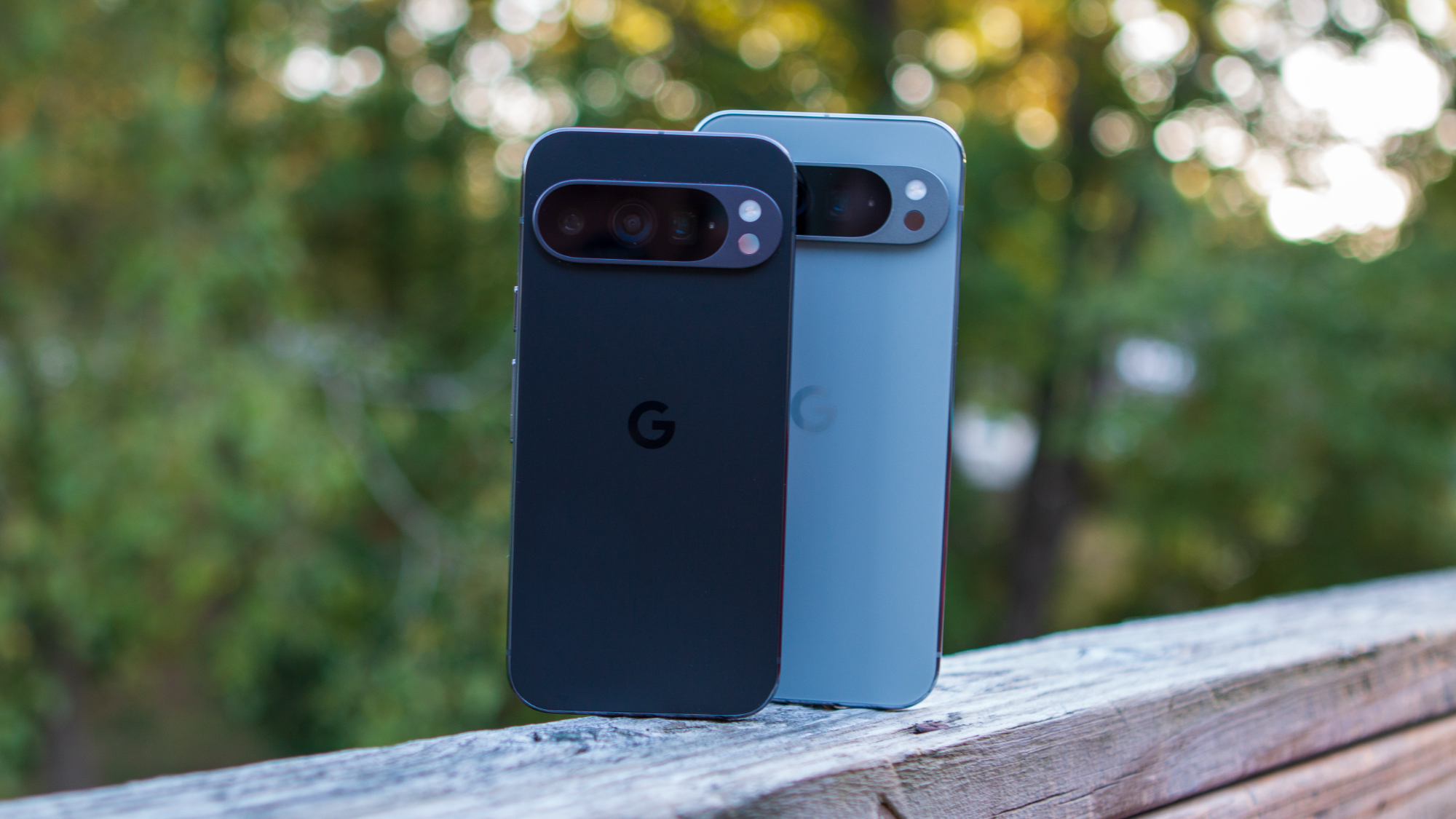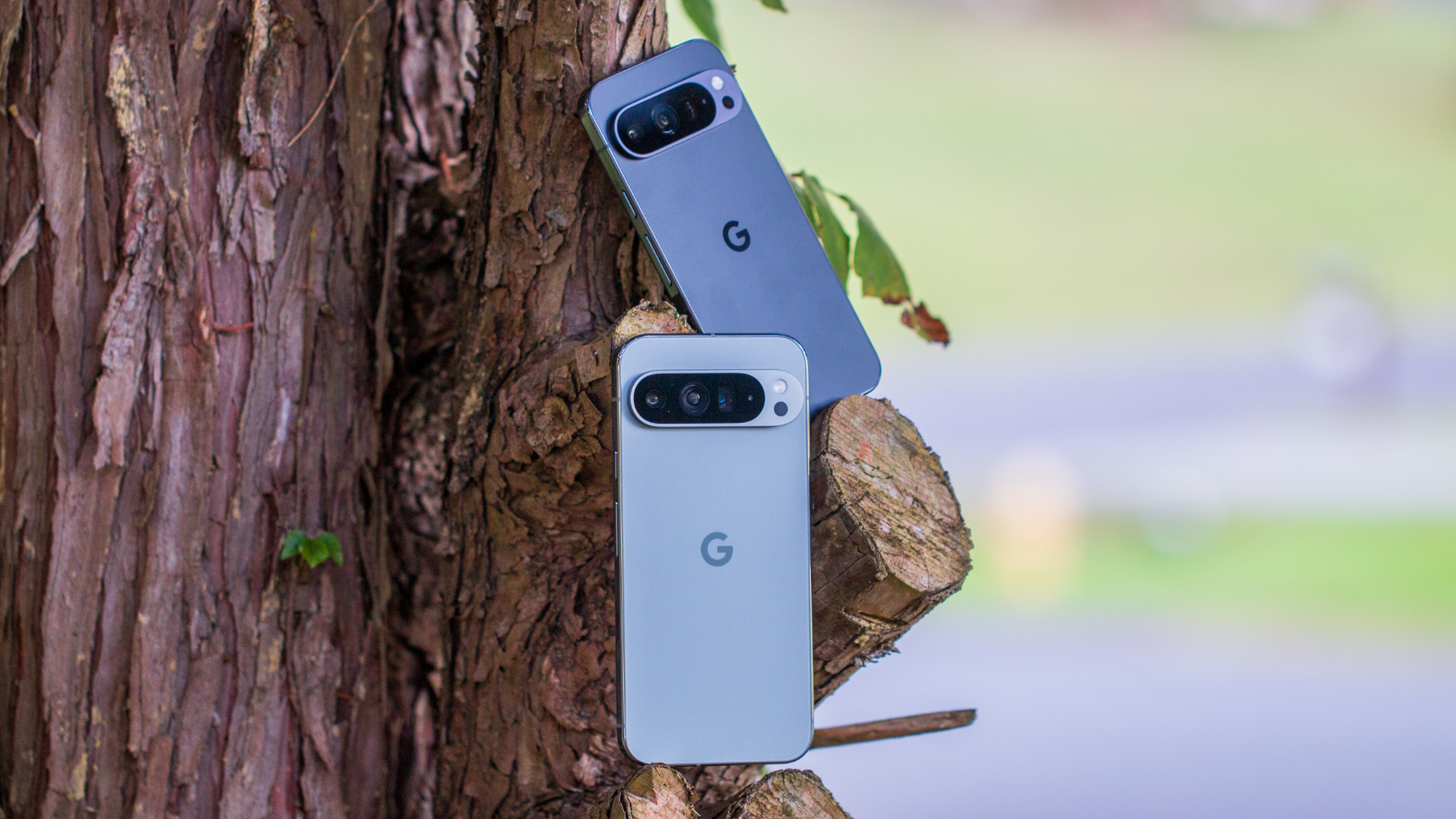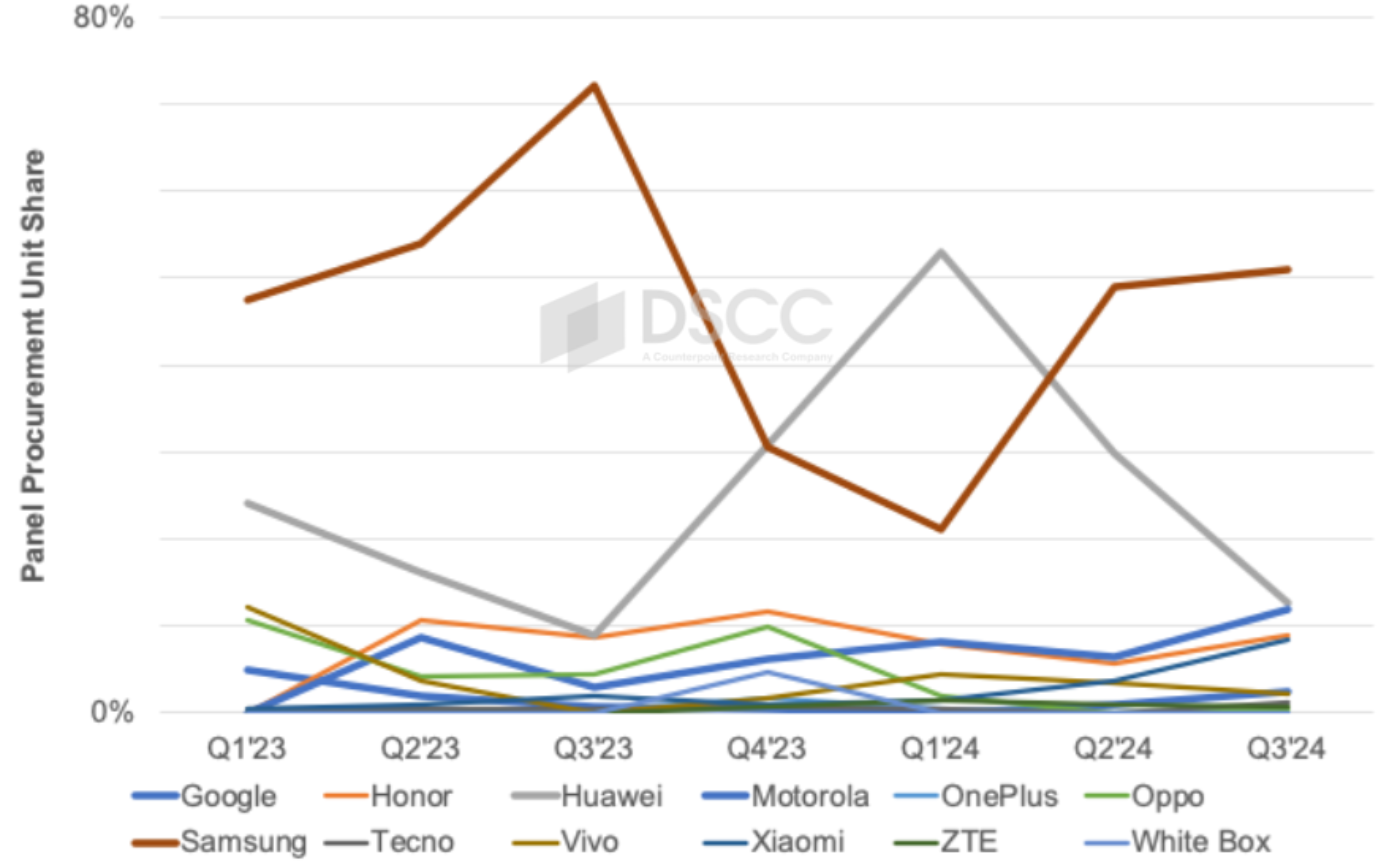
There are many reasons and factors that could be driving fluctuations in the price of a phone, and according to an industry analyst, evolving consumer spending habits, as well as the need for Google to keep up with the changing business models, could be influencing this potential price adjustment.
Earlier this month, an interesting leak indicated that Google could increase the price tag of its upcoming Pixel 10 series. While this leak doesn't talk much about the base and Pro variants, it suggests that the Pixel 10 Pro XL could see a $100 price increase, while the Pixel 10 Pro Fold could see a $300 reduction in price.
With every flagship device, Google tries to improve its features and overall experience with its premium phones. These advancements would require the company to invest more in Research and Development (R&D), marketing, etc, which could impact the whole pricing game. Before we get into that, it's helpful to understand Google's pricing strategy over the years.
Google Pixel's pricing trends over the years

Historically, the first-gen base Google Pixel was priced at $649, and the company bumped the price of the device two years later when it released the Pixel 3 at $799, the reason being that the Pixel 3 got an upgraded processor, dual front cameras, wireless charging, and more.
Later, Google shifted its strategy and decreased the cost of its Pixel 5, to $699—$100 less than its previous model. This phone was released during the pandemic, a time when consumers were very reluctant to buy a new device due to economic uncertainty. Google felt that a lower price point could favor the tech giant over other players in the market.
I don’t think there are any special considerations or features that Pixel or any other phone maker needs to make to justify any added costs that come from tariffs.
Jitesh Ubrani
The next two generations of the base model also saw a 100$ dip in pricing, after that, it picked up with the Pixel 8 which costs $699, while the most recent Pixel 9 now sits at $799 with a $100 price hike.
According to Jitesh Ubrani, research manager for IDC's Worldwide Mobile Device Trackers, companies don't need to justify why they increase pricing, which comes with added tariffs or manufacturing.
"Many companies have already gone on record stating that tariffs are going to lead to price increases and Google won’t be treated any differently," he explained. However, it's important to note that as of now, Trump has recently exempted electronics from any reciprocal tariffs.

When you look at the Pro model's pricing it has remained consistent over the past few generations. Initially, Google used the "XL" term variant, and later with the Pixel 6, the variant was rebranded as the "Pro" model.
By maintaining a consistent price point, the company wanted to make premium features more accessible, pushing for wider adoption. It also allowed Google to keep up with competition, giving consumers more predictability, which made it easier for them to decide on buying a phone even before launch.

That said, Google wanted to do something different with the Pixel 9 series. To remain relevant and on par with its competitors, it launched three distinct models — it added the Pixel 9 Pro to the lineup, bringing a smaller version of the Pro XL.
While the only difference between the above two variants could be the size, Ubrani adds that "the customer segment between the Pro and Pro XL likely has a lot of overlap to begin with."
Further explaining that the Pixel 10 Pro XL might see a 100$ hike in price, Ubrani notes that this could likely be because the variant is produced in smaller quantities, the company could be trying to make up for the higher production costs with the increased pricing.
Price hike and its impact on consumers

When a company announces a price increase, generally, consumers will likely weigh the pros and cons before spending on the new device, comparing whether the features and specs offered are worth the extra expense or not. And whether they feel that a $100 price increase on the Pixel 10 Pro XL is justified, just for its larger size.
However, Ubrani notes that shifts in pricing don't depend only on one feature, but it's more of an overall experience that dictates the increase in prices, and despite fluctuations in smartphone prices, a significant number of users wouldn't notice or care about it. This is due to the dominance of financing and or trade-in offers, which lessen the blow to their pockets brought by the rising costs of these devices.
Ubrani elaborates that shifts in consumer mindset have been driving these price increases. "Over the past few years, we have seen an influx of buy now, pay later schemes or trade-in offers, which have made it easier for the consumer to digest the increase in phone prices."
Moreover, in an unstable economic climate brought in by the tariffs or other geopolitical factors, Google "can easily shift blame away from itself and towards the political uncertainties," he added.
Google could make this industry changing move

This is perhaps the most interesting rumor right now about Pixel pricing. By lowering prices on the fold, Google can perhaps kickstart adoption.
Jitesh Ubrani
Along with the Pixel 9 Pro XL, came a premium foldable— Pixel 9 Pro Fold which costs around $1,799, which seems reasonable since foldables typically sit between $1,600 - $1,800 and can go upwards of $2,000 or more based on storage configurations.
Per the recent rumor, Google could allegedly drop the price of the Pixel 10 Pro Fold to $1,600. Such a move could be industry-changing as these top-tier devices are typically quite expensive. Ubrani feels that lowering the price point of the fold could help Google kickstart the adoption of this device.

"It may also help Google push up their average selling prices across the lineup a bit further, and assuming the design stays the same as the previous version, then Google can pass off some of the savings in R&D to end users," Ubrani added.
If one major company like Google makes this move, it could trigger other top players in the foldable scene like Samsung, OnePlus, and Huawei to decrease the cost of their foldables as well. This price adjustment could help improve the already slumping foldable market.
But it remains to be seen if Google will end up reducing the cost of its foldable just so it can increase its footprint in the foldable market. However, this is still a rumor, and whether or not the tech giant could go ahead with this will ultimately depend on other factors like manufacturing costs, competitive pricing, and overall market strategy.







